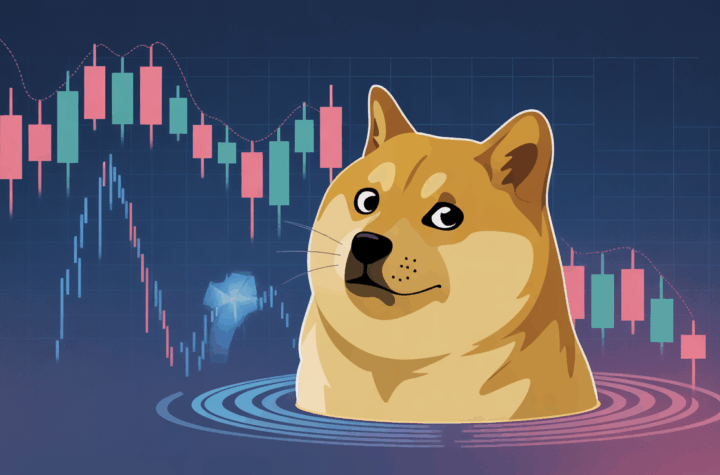
As the crypto market reels from recent price volatility, borrowing activity across major decentralized finance (DeFi) platforms has sharply contracted, signaling a widespread move toward risk reduction.
New data shows a significant drop in outstanding debt on top protocols. Lending giant Aave has seen its total borrowed value tumble from over $15 billion in December to just $10 billion this week, according to DeFiLlama. Morpho, another prominent protocol, experienced a similar fall, with borrowings shrinking from $2.4 billion to $1.7 billion.
“This is classic risk-off behavior,” said Ryan Rodenbaugh, CEO of Wallfacer Labs, the developer of vaults.fyi. “Investors are paying down leverage, and we’re seeing liquidation pressure increase as volatility returns.”
The average yield for stablecoin lenders dropped to 2.8% on Tuesday — the lowest in over a year — far below U.S. money market yields of around 4.3%. This decline is largely due to stable lending supply but falling borrowing demand, which compresses returns for lenders.
The pain was amplified by this past weekend’s dramatic selloff in key crypto assets. Bitcoin and Ethereum — which frequently back DeFi loans — plunged by 10% to 15%, triggering a cascade of liquidations. Aave processed over $110 million in forced liquidations, according to on-chain analytics firm Chaos Labs.
Meanwhile, Sky (formerly MakerDAO) was hit with a massive $74 million DAI loan liquidation backed by more than 67,000 ETH. Another large borrower narrowly avoided liquidation by paying down their $66 million debt to just $28 million.
Despite the turbulence, deposits on DeFi protocols remain relatively stable. However, the reduced appetite for leverage and suppressed yields point to cautious sentiment prevailing in the near term.
While the crypto market has endured similar drawdowns before, the scale of this deleveraging cycle underscores just how sensitive the DeFi ecosystem remains to broader market stress.






More Stories
DOGE drops to $0.18 amid long-term holder exits and a looming death-cross price pattern.
Asia Markets: Cautious Calm Settles Over Bitcoin as Risk Positions Rebuild
“Analyst Dubs It ‘Bitcoin’s Silent IPO’ While Dissecting Market Stagnation in Viral Essay”